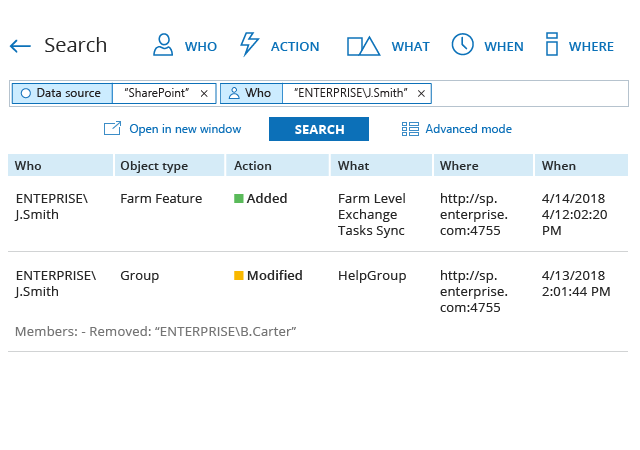

Start time and end time must both be specified (or both omitted) and must be less than or equal to 24 hours apart, with the start time prior to end time and start time no more than 7 days in the past. Start time and end time must both be specified (or both omitted) and must be less than or equal to 24 hours apart. A new collaborative platform in SharePoint gives Defense Logistics Agency employees a single place to find audit-related information and tools as they drive. ) which you may frequently look for are accessible via the Student Intranet which is. Type: AuditContentTypeĪccepted values: AzureActiveDirectory, Exchange, SharePoint, General, DLPĮnd time of logs to be retrieved. The following internal information (eg Degree Audit, Exam Results. Retrieves the audit logs of SharePoint happening between the current time yesterday and the current time the day before yesterday PARAMETERS -ContentTypeĬontent type of logs to be retrieved, should be one of the following: AzureActiveDirectory, Exchange, SharePoint, General, DLP. For example, you can determine who deleted which content. You can sort, filter, and analyze this data to determine who has done what with sites, lists, libraries, content types, list items, and library files in the site collection. EXAMPLES EXAMPLE 1 Get-PnPUnifiedAuditLog -ContentType SharePoint -StartTime (Get-Date).AddDays(-2) -EndTime (Get-Date).AddDays(-1) You can use the audit log reports provided with SharePoint to view the data in the audit logs for a site collection. SYNTAX Get-PnPUnifiedAuditLog Īllows to retrieve unified audit logs from the Office 365 Management API. Requires the Azure Active Directory application permission 'ActivityFeed.Read'. Necessaries: These cookies are strictly necessary for the proper functioning of the site and the proper execution of the services you request, as well as to.

Gets unified audit logs from the Office 365 Management API. Microsoft Office 365 Management API: ActivityFeed.Read.


 0 kommentar(er)
0 kommentar(er)
